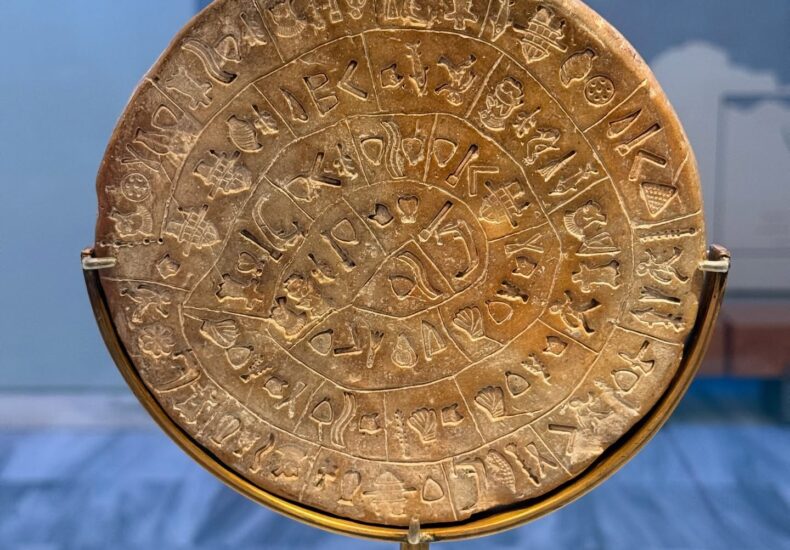
The Phaistos Disc: An Unsolved Mystery at the Heart of Minoan Civilization
Discovered over a century ago in the ruins of a Bronze Age palace on the island of Crete, the Phaistos Disc remains one of archaeology’s most intriguing enigmas. Etched with strange symbols arranged in a spiraling sequence, this small clay object continues to captivate researchers and enthusiasts alike with the promise of a lost language, a forgotten ritual, or perhaps a message sent through the ages.
A Mysterious Discovery
In 1908, Italian archaeologist Luigi Pernier unearthed the disc in the basement of the Phaistos Palace, one of the main centers of the ancient Minoan civilization. Measuring approximately 16 cm in diameter and about 2 cm thick, the disc was found among layers of ash and burnt animal bones—evidence that it may have survived a devastating fire or earthquake, possibly related to the famous eruption of the Thera volcano.
Symbols in a Spiral
What sets the Phaistos Disc apart from other ancient finds is its unique method of inscription. Both sides feature a spiral arrangement of 241 stamped symbols, comprising 45 distinct characters. These include representations of humans, birds, animals, plants, and abstract shapes—each one pressed into the clay using a stamp-like tool, making the disc arguably one of the earliest known examples of print technology.
What Does It Mean?
The true purpose of the disc is still unknown. Some scholars suggest it contains a religious hymn, a prayer, or an invocation to a goddess. Others propose that it served as a ritual calendar, a game board, or even an astronomical device. The wide range of interpretations reflects both the disc’s complexity and our limited understanding of the Minoan writing system, which predates the more familiar Linear A and B scripts.
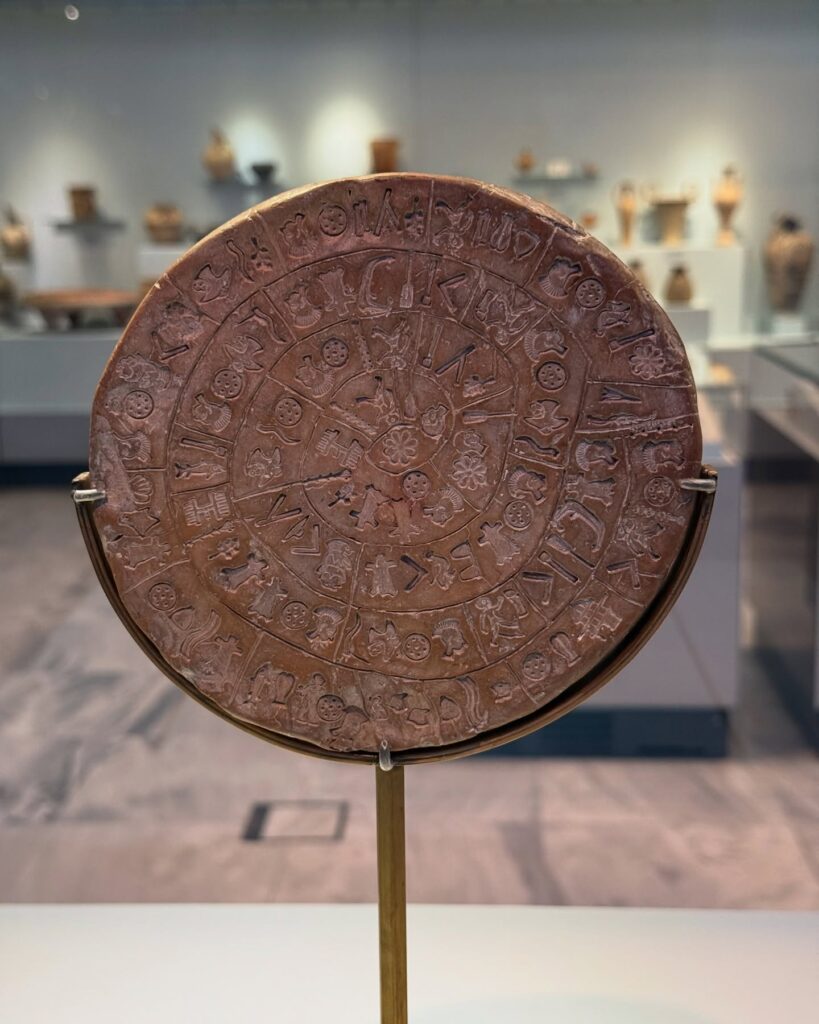
Linguist Dr. Gareth Owens, who has devoted decades to the study of the disc, believes that the symbols may refer to a Minoan mother goddess. According to his interpretation, one side of the disc invokes a “shining pregnant goddess,” while the other might reference a birth goddess—possibly Aphaia, known from later Greek worship. If true, this would place the disc firmly within the spiritual and symbolic universe of ancient Minoan religious life.
Reading Direction and Theories
There is even debate over how to read the disc—whether from the center outward or from the edge inward. Without a Rosetta Stone equivalent for Minoan script, any decoding effort remains speculative. Nonetheless, many researchers agree that the disc was meant to be understood by those familiar with a now-lost symbolic system deeply embedded in Minoan culture.
Cultural Significance and Modern Legacy
Today, the Phaistos Disc is displayed at the Heraklion Archaeological Museum in Crete. Although its meaning remains elusive, it continues to spark dialogue among archaeologists, linguists, and historians. It stands as a powerful symbol of the mysteries still hidden within the ancient world—a reminder of how much we have yet to learn.
You may also like
- A 1700-year-old statue of Pan unearthed during the excavations at Polyeuktos in İstanbul
- The granary was found in the ancient city of Sebaste, founded by the first Roman emperor Augustus
- Donalar Kale Kapı Rock Tomb or Donalar Rock Tomb
- Theater emerges as works continue in ancient city of Perinthos
- Urartian King Argishti’s bronze shield revealed the name of an unknown country
- The religious center of Lycia, the ancient city of Letoon
- Who were the Luwians?
- A new study brings a fresh perspective on the Anatolian origin of the Indo-European languages
- Perhaps the oldest thermal treatment center in the world, which has been in continuous use for 2000 years -Basilica Therma Roman Bath or King’s Daughter-
- The largest synagogue of the ancient world, located in the ancient city of Sardis, is being restored

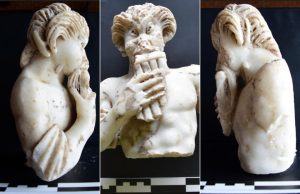
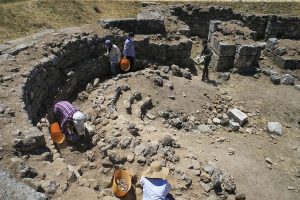
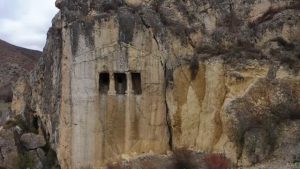

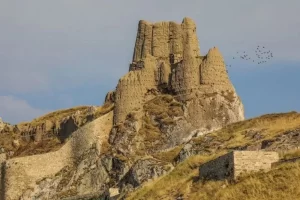
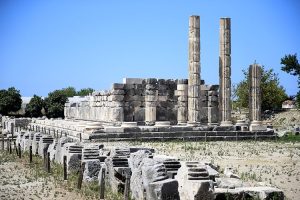
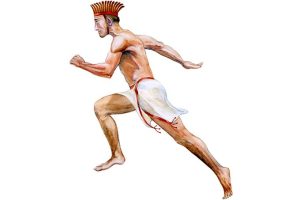

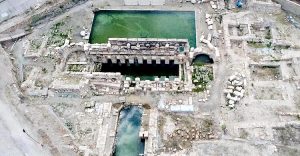
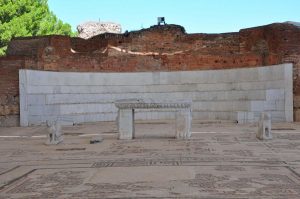
Leave a Reply